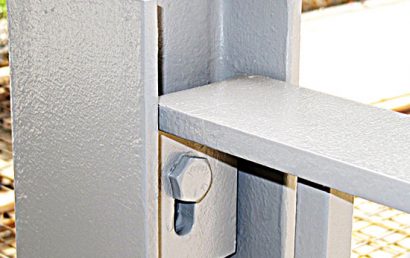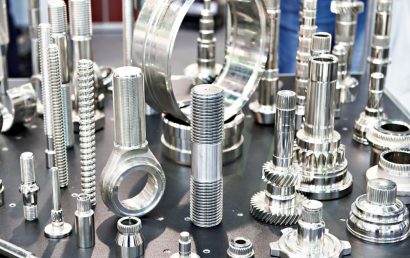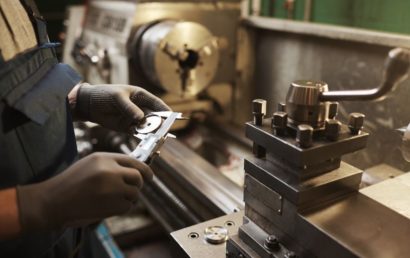Understanding The Difference Between Cladding And Hardfacing Processes
Without truly realizing that there are any distinct differences between the two applications, many people tend to use the terms “cladding” and “hardfacing” synonymously. If you’ve done this yourself, don’t feel bad. People do it all the time. Hardfacing processes help extend the life of an object and offer added protection through welding that involves a high wear surface coating application. Carbides are typically contained in the material being welded. Frequently it is WC (tungsten carbide).
However, giving desirable properties to just a part/portion of a component, cladding uses material that is overlaid and similar to the base material. A different material can be used in many cases. This adds even more benefits such as corrosion resistance and high hardness. It may also be used to function as refurbishing. As with cladding, laser hardfacing must be ground, it cannot be machined.
Who Uses These Cladding and Hardfacing Processes?
Both cladding and laser hardfacing are used in numerous markets and industries. Some of these applications are as follows:
- Refurbishment and repair of engines, turbine blades, tools, etc.
- Energy generation
- Military
- Mining
- Agriculture
- Construction equipment
- Automotive
- Gas and oil
The advantages of cost-effectiveness, high productivity, and little thermal distortion are provided by both laser cladding and laser hardfacing.
Why Use These Processes?
Granted, both cladding and hardfacing qualify as surface overlay processes. So, they are the same in that manner. They are, however, unalike in that different requirements are met by the material characteristics belonging to each. They are once again alike, though, because similar purposes are achieved through the use of both. Some of these are as follows:
- PTA (plasma transfer arc) welding
- FCAW (flux-cored arc welding)
- Thermal spray
- Lasers
Choosing Between the Two Processes
We’ve seen how the two processes are alike and how they are different. What does the choice between the two come down to? Three things are involved:
- What type of environment is the surface in question subjected to?
- What kind of materials need to be involved?
- What kind of characteristics do you want imparted by the process?
Hardfacing
Welding, spray fuse, thermal spraying, or laser can be used to apply the wear resistant, heavy carbide/metal deposit. For items that are heat distortion sensitive, thermal spraying is best. This is because torch induced fusion and flame spraying are required to spray fuse. No welding process is used in thermal spray, so a low bond strength is the result (compared to brazed or welded overlay).
Very thick layers of wear resistant material can be applied through traditional weld hardfacing. Over the other processes, laser hardfacing has benefits because it is a welding process with less carbide dissolution, lower dilution, and lower heat. Therefore, very thin hard facing overlays can be achieved.
Cladding
An entirely new surface is yielded in the weld overlay process referred to as cladding. A wide array of overlay materials can be used in various forms including cored wire, wire, or powder. Over other processes, laser cladding has benefits, just like laser hardfacing. This is because, primarily, it’s a welding process with lower dilution and lower heat. Therefore, very thin clad overlays can be achieved here as well.
Turn To A&A Coatings for Your Cladding And Hardfacing Processes
At A&A Coatings, we make it a point to familiarize ourselves with any and all coating processes, materials used for coatings, the latest techniques, etc. We assist numerous industries and workers every day to be safer, to decrease downtime, to improve the company’s bottom line, and more.
Contact us today to find out how your industry is already being served by our coatings and how your particular business can benefit.



